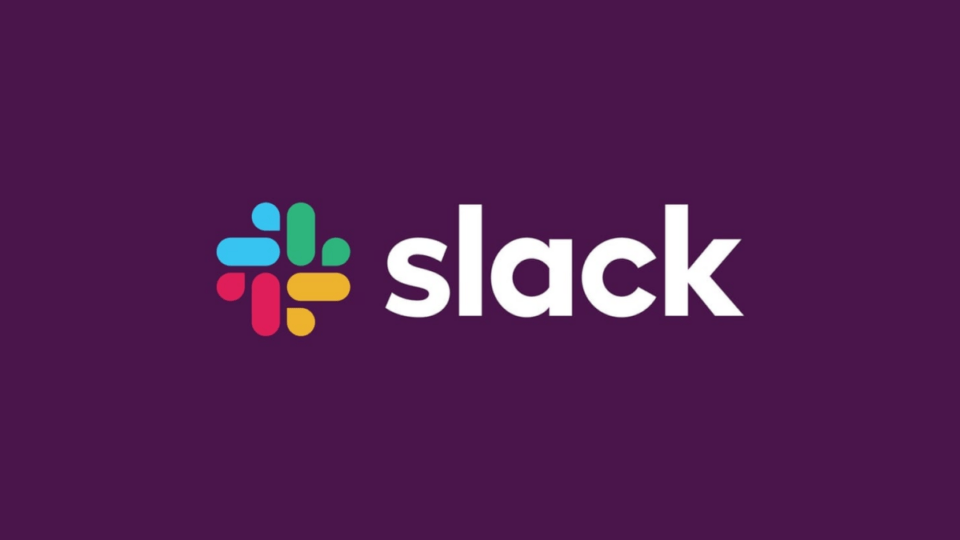Stop Giving Employees More Interfaces: How Integrations and Virtual IT Workers Are Transforming ITSM
Founder • 2025-02-10
Reducing the SaaS sprawl with virtual agents
In a rapidly evolving digital workplace, most organizations are quick to add new software solutions for their teams. Yet, too often, the result is a growing stack of interfaces — SaaS tools, separate portals, and clunky dashboards. This overabundance of applications can leave employees feeling overwhelmed and frustrated. In the field of IT service management (ITSM), especially, it’s time to rethink how we deliver support and streamline workflows. Rather than giving employees yet another app or interface, consider embedding IT into the tools they’re already using. That’s where integrated IT agents and virtual IT workers come into play.
The Problem with Too Many Interfaces
From your helpdesk tool to asset management portals to corporate messaging apps — each software platform demands its own login, learning curve, and user experience. While these applications often promise to solve unique business or ITSM challenges, they frequently create “interface fatigue.” Employees need quick answers and rapid ticket resolution, not a cluttered tech environment that bogs them down.
The result? Poor adoption, lost productivity, and mounting frustration across all departments. Instead of enabling efficiency, the proliferation of disconnected systems can actually slow down routine tasks, increase errors, and force costly workarounds.
The Shift Toward Embedded IT
What if, instead of expecting end-users to navigate multiple specialized platforms, IT teams brought IT agents directly to the digital workplace? By integrating artificial intelligence and automation into everyday collaboration tools — such as Slack and Microsoft Teams — employees can interact with the helpdesk or a self-service IT knowledge base without ever leaving their chat window.
This shift reduces interruptions and simplifies processes. When employees need to reset a password, check a ticket status, or troubleshoot a software issue, they can simply ask IT from where they already work — no new interface required. The IT system, in turn, can automate behind-the-scenes tasks — querying identity management platforms, updating incidents in the service desk, or even escalating critical issues automatically.
Introducing the Virtual IT Worker
A virtual IT worker leverages AI and automation technologies to function as a digital colleague, one that can take on repetitive, process-oriented tasks with minimal oversight. These digital employees can help streamline helpdesk workflows, ensure faster response times, and reduce manual effort on the part of human IT teams.
When deployed in conjunction with collaboration platforms, virtual IT workers can seamlessly:
- Collect user information and triage tickets
- Fetch relevant knowledge base articles
- Proactively troubleshoot common issues
- Query and update ITSM records
- Act as a single point of contact for routine tasks, from password resets to software installs
By removing the need for employees to switch between multiple apps, these AI-driven assistants support a more efficient IT experience.
Leveraging the Power of AI to Elevate ITSM
An intelligent IT agent can handle repetitive tasks so that your human IT professionals can focus on high-impact work — strategic projects, system architecture upgrades, and other initiatives that drive real value. By embedding AI and automation into a single interface (e.g., Slack or Microsoft Teams), you:
- Improve productivity: No more time wasted toggling between tools or re-entering data.
- Enhance user satisfaction: Employees get immediate, on-demand support in the channels they already use every day.
- Reduce operational costs: Automating repetitive tasks means fewer hands-on hours for your IT staff.
- Strengthen data accuracy: Centralized data updates reduce the risk of errors and conflicting records across multiple systems.
Meet Avina by Verifia: Your AI-Powered IT Virtual Employee
One standout example of this new approach is Avina by Verifia — an AI-driven, virtual IT worker designed to integrate seamlessly with your existing collaboration tools. Avina can handle a wide range of helpdesk and ITSM tasks, from handling ticket creation and status checks to guiding employees through troubleshooting steps.
Key Benefits of Avina by Verifia:
- Slack and Teams Integration: Avina operates natively within the channels you already use, eliminating the learning curve that comes with introducing yet another interface.
- Streamlined Ticket Management: Avina can create and manage tickets in your ITSM platform on the fly, automatically populating key fields and accelerating resolution times.
- Proactive Issue Resolution: With AI at its core, Avina can proactively suggest solutions, reducing the back-and-forth that typically bogs down service desk requests.
- 24/7 Availability: Unlike human agents, Avina never needs a break — employees can get help anytime, anywhere.
- Scalable and Secure: Built to handle enterprise-scale demands, Avina respects your organization’s security protocols and compliance needs.
Embrace the Future of IT Service Management
The key takeaway for modern organizations is simple: Stop giving employees more interfaces. Instead, bring the power of IT support and automation to the tools they already know and use. By embedding AI-driven IT agents and virtual IT workers into collaboration platforms, companies can transform helpdesk operations, bolster employee productivity, and cut back on costly inefficiencies.
Ready to see how a virtual IT worker can transform your ITSM ecosystem? Consider adopting Avina by Verifia as your next digital team member. You’ll not only improve your IT support workflows, but also future-proof your operations in a world where intelligent automation is quickly becoming the norm.
Contact Verifia today to learn more about how Avina can be seamlessly integrated into your Slack or Teams environment — and experience firsthand how an AI-powered virtual IT worker can revolutionize your IT service management strategy.



